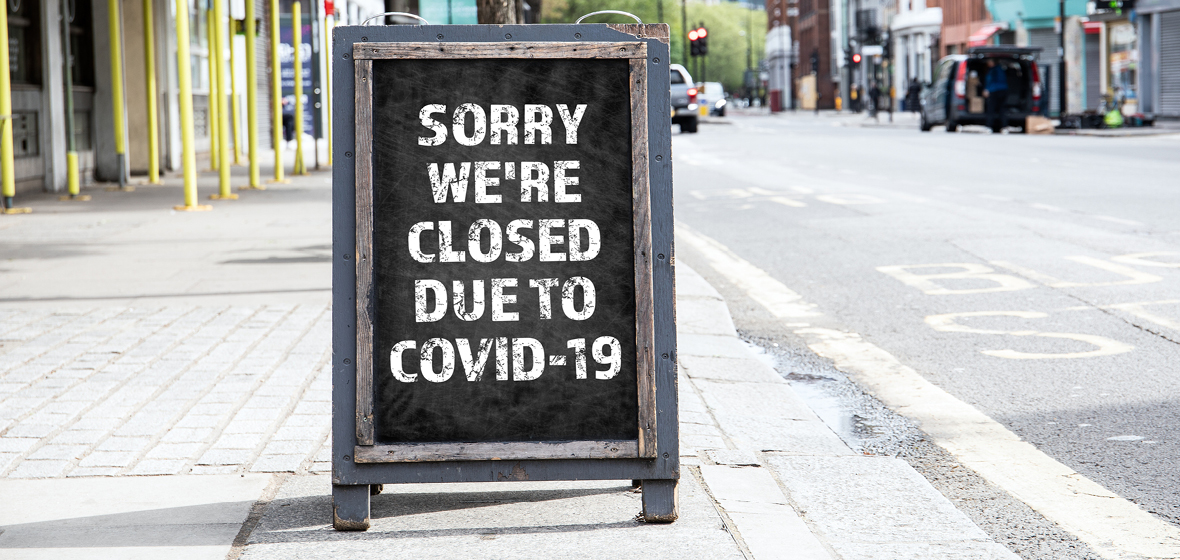Snapshot
- $130 billion has been made available to finance Australia’s JobKeeper program.
- Under the program, qualifying employers will receive $1,500 from the Federal Government per fortnight for each ‘Eligible Employee’ employed for the period of 30 March 2020 to 27 September 2020. Each Eligible Employee must receive at least this $1,500 amount per fortnight from their employer.
- Qualifying employers are also provided greater flexibility in relation to standing down employees and managing employee leave balances, as responses to changing operational and business requirements.
- Note: This article has been updated since the print edition of the May Journal went to press. The passage relating to the GST turnover test has been updated to reflect the clarifications provided in the Treasury Department’s ‘Jobkeeper update’ of 24 April, and additional information has been provided at the end of the section on determining ‘eligible employees’.
In this article, we explore the Federal Government’s response to COVID-19 in the form of the JobKeeper program. Described by Prime Minister Scott Morrison as ‘the biggest economic lifeline in Australia’s history’, it is a program of fiscal stimulus that, at its core, utilises the employment relationship to assist distressed businesses and its employees.
This article is Part 1 of a two-part series focused on the rapidly changing employment landscape arising from responses to COVID-19 that employers need to navigate. Next month, we will explore the evolving changes implemented by the Fair Work Commission to a range of modern awards and industrial agreements. For now, we examine the JobKeeper program.
The JobKeeper program at a glance
The headline act in the JobKeeper program is the payment of $1,500 per fortnight to ‘qualifying employers’ who are required to pay their employees at least $1,500 for that period. The relevant fortnights are prescribed (commencing from Monday 30 March to Sunday 12 April), and the payments that are funded by the JobKeeper program are tied to the payments made during these periods.
Behind this headline, however, lies enabling legislation, including extensive amendments to the Fair Work Act 2009 (Cth) (‘FW Act’) which provide greater flexibility to businesses, and some degree of complexity as the rapidly assembled $130 billion package is rolled out.
These changes are only available when an employer is a ‘qualifying employer’, and they are only temporary arrangements intended to remain in place until their repeal on 28 September 2020.




